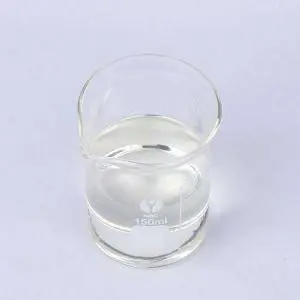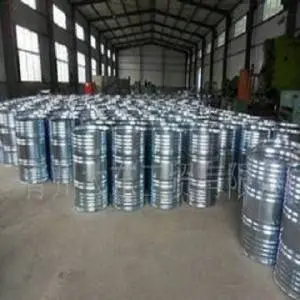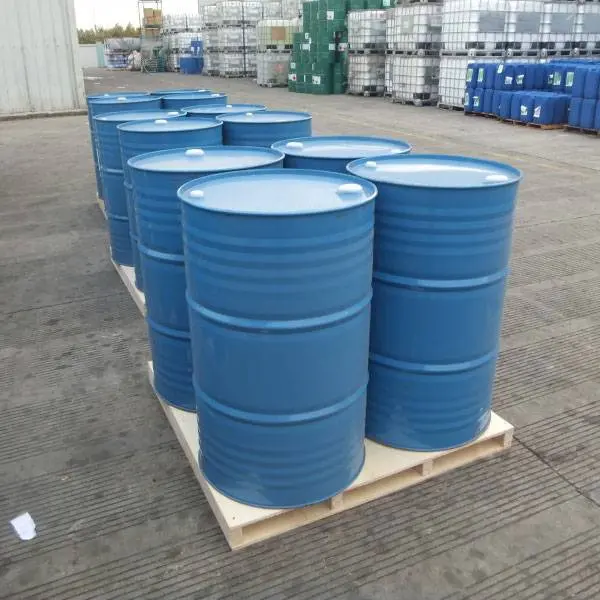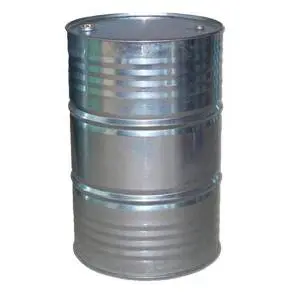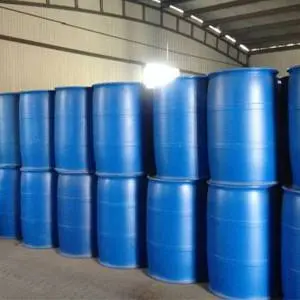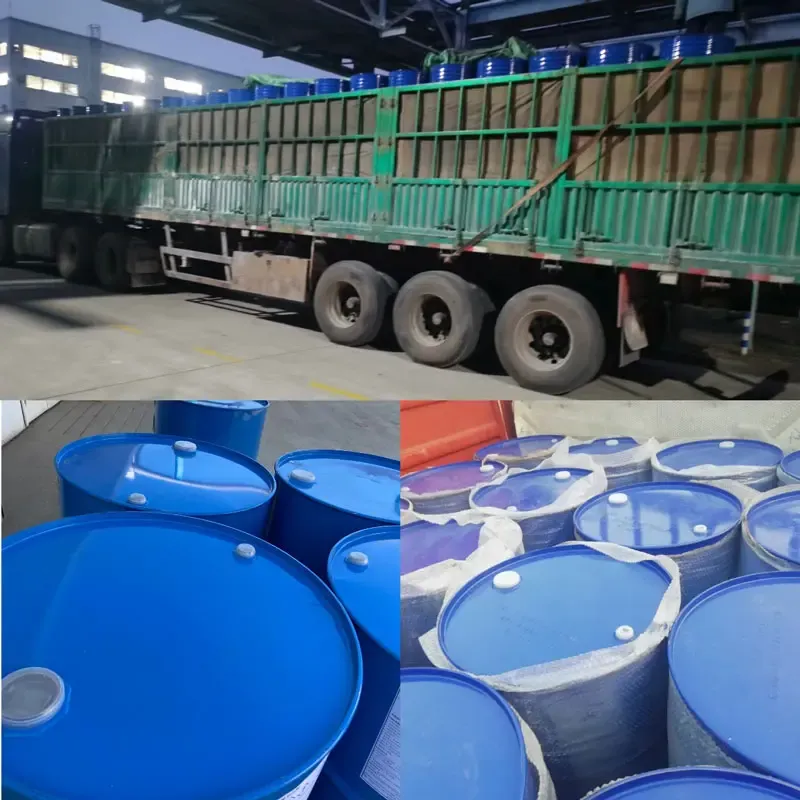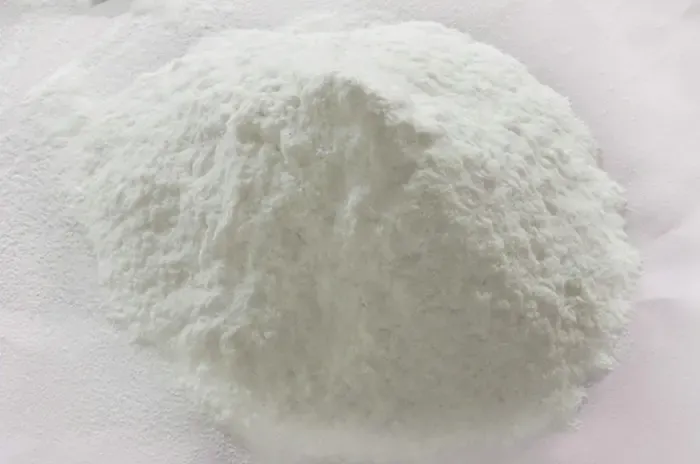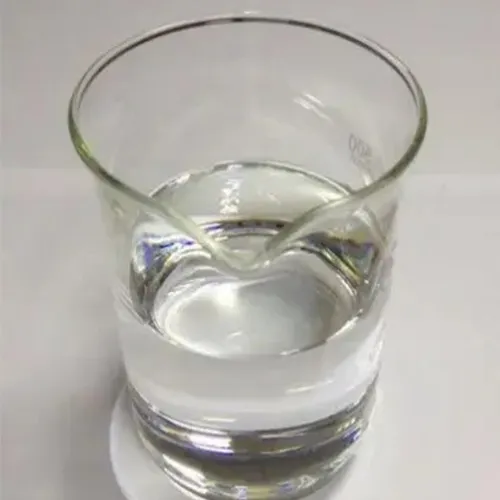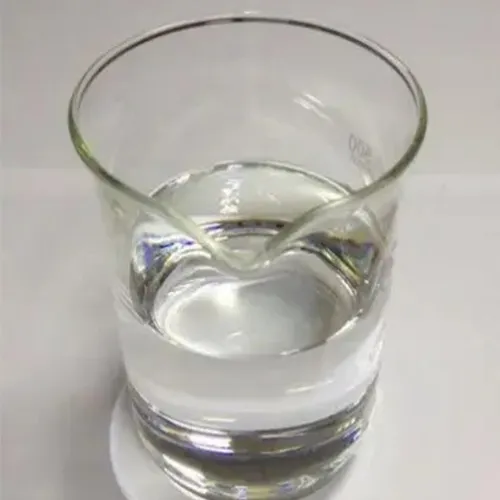N Methylmorpholine: Organic Compound With Diverse Characteristics
In the vast world of organic compounds, N Methylmorpholine occupies an important position due to its unique properties and wide range of applications. It plays a key role in many fields and has become an important force in promoting the development of related industries.
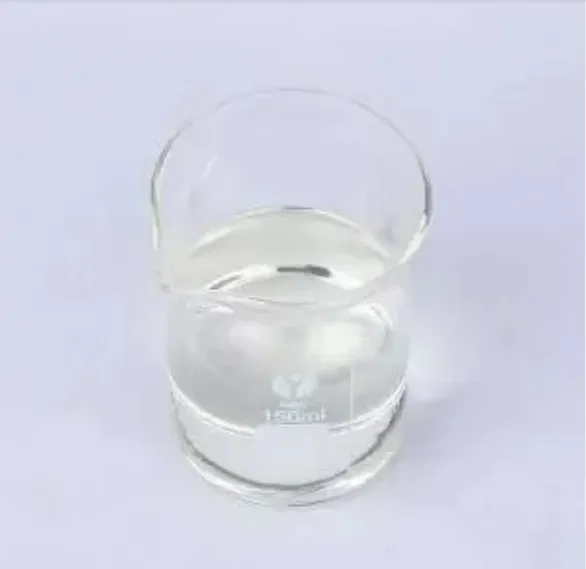
N Methylmorpholine exhibits distinct physical and chemical properties
From the appearance, it is a colorless and transparent liquid with an ammonia odor, and is sensitive to air. Its boiling point is between 114-116.5 ℃, with a melting point as low as -66 ℃. This special combination of melting and boiling points allows it to maintain a stable liquid state at room temperature and pressure. Methylmorpholine exhibits excellent solubility, being miscible with various solvents such as water, ethanol, benzene, and ether, but insoluble in carbon tetrachloride and acetone. From a chemical structure analysis, it contains both tertiary amine and ether groups in its molecule, which endows it with unique chemical activity and enables it to participate in various chemical reactions, exhibiting dual properties of tertiary amine and ether.
There are diverse methods for preparing N Methylmorpholine
A common method is the morpholine method, which uses morpholine, formaldehyde, and formic acid as raw materials. First, formaldehyde is slowly added to morpholine, and formic acid is added dropwise while stirring. At this point, the reaction automatically refluxes and releases carbon dioxide. After adding formic acid, heat and reflux for 4-5 hours. After cooling, add sodium hydroxide and immediately distill. Collect the fraction below 99 ℃, saturate with sodium hydroxide, cool and separate the oil layer, dry and distill. Collect the fraction at 114.5-117 ℃ to obtain the final product of 4 methylmorpholine. There is also the dichloroethyl ether method, which uses dichloroethyl ether, aqueous solution of methylamine, liquid alkali, and other raw materials as raw materials for one-step synthesis. This method has a short process, simple equipment requirements, mild process conditions, low investment, high product yield, and good quality.
N Methylmorpholine showcases its prowess in numerous fields
In the polyurethane industry, n methylmorpholine cas is an indispensable catalyst for the preparation of polyester based polyurethane foam blocks; As an excellent solvent, it has excellent solubility for dyes, casein, wax, and cordyceps; In the field of medicine, it participates in the synthesis of drugs such as aminobenzylpenicillin and hydroxybenzylpenicillin; In pesticide manufacturing, it can be used as an intermediate for synthesizing insecticides and other pesticides; In the synthesis of fine chemical products, it can be used to manufacture surfactants, lubricating oil coolants, metal rust inhibitors, fiber processing agents, etc. In addition, N-methylmorpholine produced by the oxidation of N Methylmorpholine with hydrogen peroxide is an ideal spinning solvent for Lyocell and Newcell synthetic fiber filaments, which are known as "green fibers".
Special attention should be paid when transporting and storing N Methylmorpholine
Due to its toxicity, inhaling its vapor can cause irritation to the skin and mucous membranes, so it is classified as a dangerous goods. The maximum allowable concentration in the air is 5mg/m ³, and its acute toxicity data shows an LD50 of 1960 mg/kg for oral rats and 1970 mg/kg for oral mice. Strict hazardous material transportation regulations must be followed during transportation, and storage should be placed in a cool, ventilated, and away from sources of fire and heat, avoiding contact with oxidants, acids, and other substances.
In summary, n morpholine plays an important role in the field of organic chemistry due to its unique physical and chemical properties, diverse preparation methods, wide application areas, and strict transportation and storage requirements. With the continuous advancement of technology and the development of various industries, N Methylmorpholine is expected to be expanded and applied in more fields, and its related research and technology will continue to innovate, injecting new vitality into the development of various industries and creating greater value.
N Methylmorpholine FAQs
What are the main chemical properties of N Methylmorpholine?
N Methylmorpholine is an organic compound with the chemical formula C5H11NO. It is a colorless and transparent liquid at room temperature and has an ammonia like pungent odor. It is a tertiary amine compound with alkalinity that can react with acids to form salts. Its boiling point is about 115-116 ° C, and it is easily soluble in water and most organic solvents such as ethanol, ether, etc. Due to the presence of a morpholine ring and methyl substituent in the molecule, it exhibits both amine reactivity and a certain steric hindrance effect, making it commonly used as a base catalyst or solvent in organic synthesis.
What are the typical applications of N Methylmorpholine in industrial production?
N Methylmorpholine is widely used in the fields of medicine, pesticides, and chemical engineering. In pharmaceutical synthesis, it can be used as a catalyst or intermediate in the preparation of antibiotics and anti-tumor drugs. In polyurethane foaming process, it is used as foaming catalyst to adjust reaction rate and foam structure. In addition, it is also used as an efficient solvent or additive for dyes, rubber additives, and electronic chemicals. Due to its moderate alkalinity, it also has important applications in deacidification and polymerization reactions.
How to safely store and handle N Methylmorpholine?
N Methylmorpholine should be stored in a cool, ventilated warehouse, away from sources of fire and oxidants. The container needs to be sealed to avoid contact with air that may cause volatilization or moisture absorption. Wear protective gloves, goggles, and gas masks during operation to prevent skin contact or inhalation of vapors. If a leak occurs, it should be immediately adsorbed with sand and transferred to a safe area, and the remaining part should be washed with a large amount of water. Waste liquid must be disposed of in accordance with hazardous chemical regulations and cannot be directly discharged into the environment.
What are the potential impacts of N Methylmorpholine on the environment?
N Methylmorpholine has certain toxicity to aquatic organisms, and large-scale discharge may lead to water pollution. It degrades slowly in the environment and may affect ecosystems through bioaccumulation. In the air, vapor may react with nitrogen oxides to produce harmful substances. Therefore, strict control of emissions is required during use, and waste gas and wastewater treatment devices such as activated carbon adsorption or chemical oxidation methods should be equipped to reduce environmental risks.
What are the unique advantages of N Methylmorpholine compared to other amine solvents?
Compared to common amine solvents such as triethylamine or pyridine, N Methylmorpholine has better water solubility and moderate alkalinity, making it suitable for systems that require mild reaction conditions. Its morpholine ring structure endows it with higher thermal and chemical stability, making it less prone to decomposition in high-temperature reactions. In addition, its low volatility reduces odor issues during operation, and its steric hindrance effect makes it perform better in selective reactions, especially suitable for the synthesis of fine chemicals.
Post time: Sep . 10, 2025 17:20





